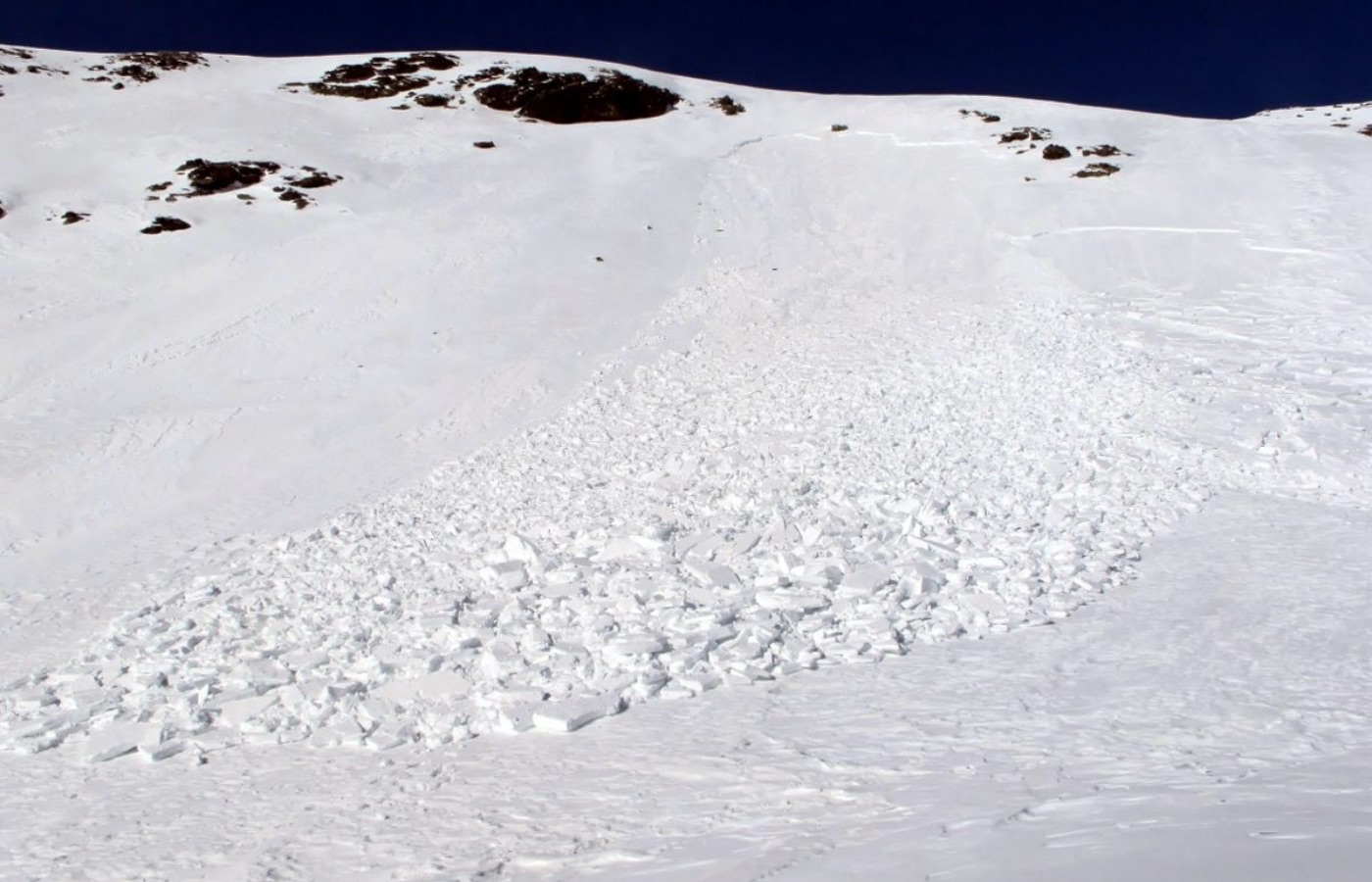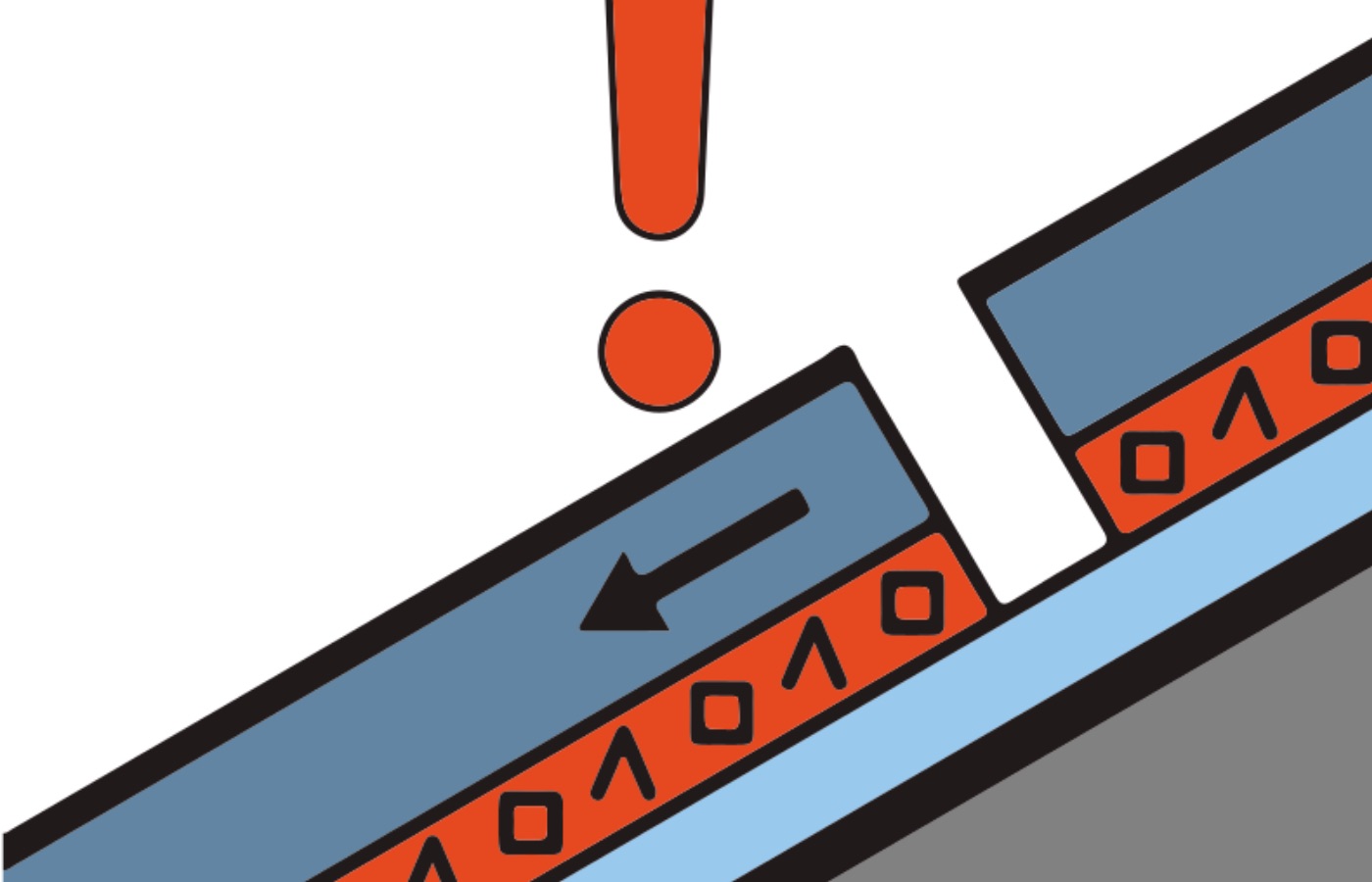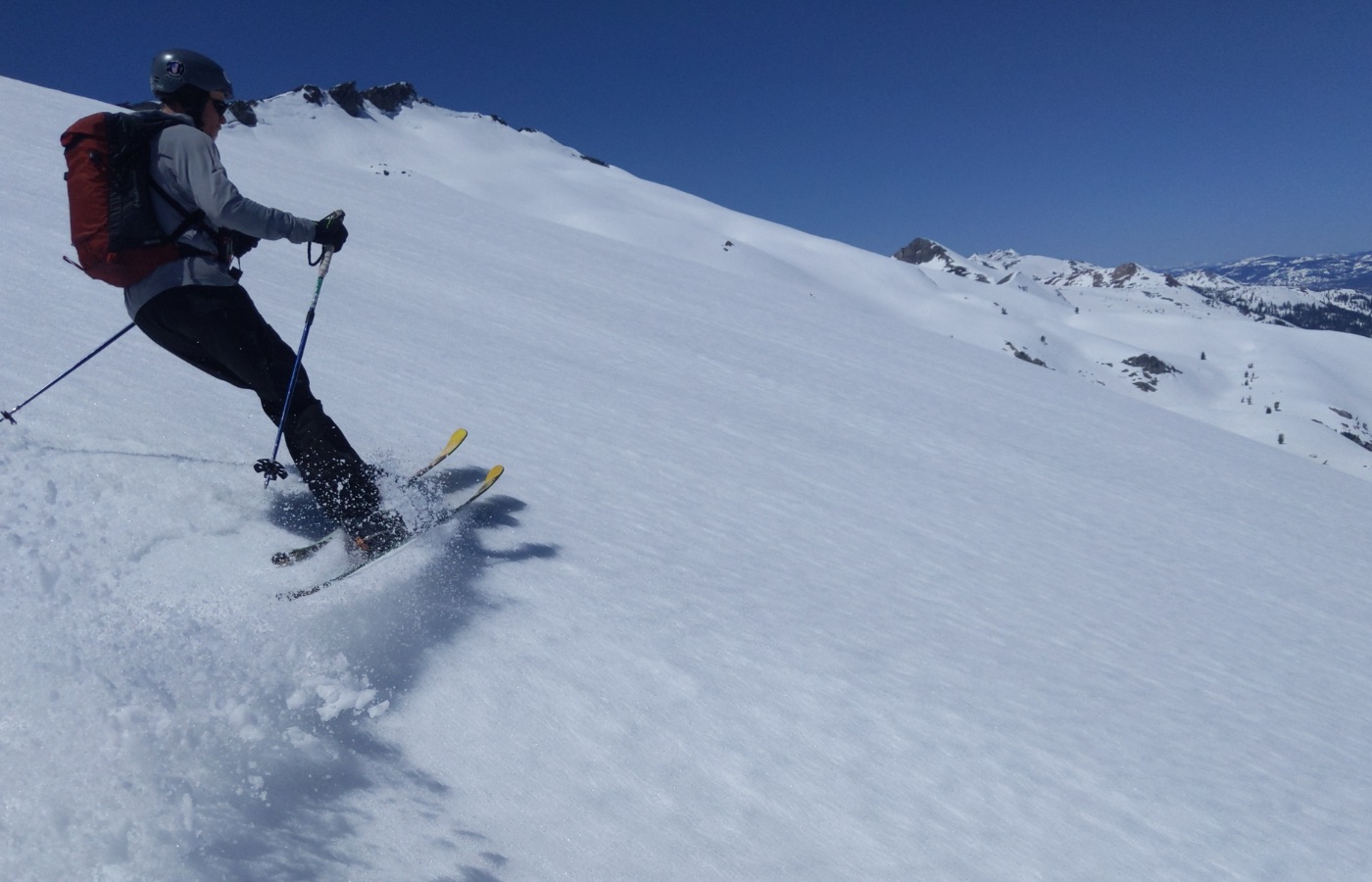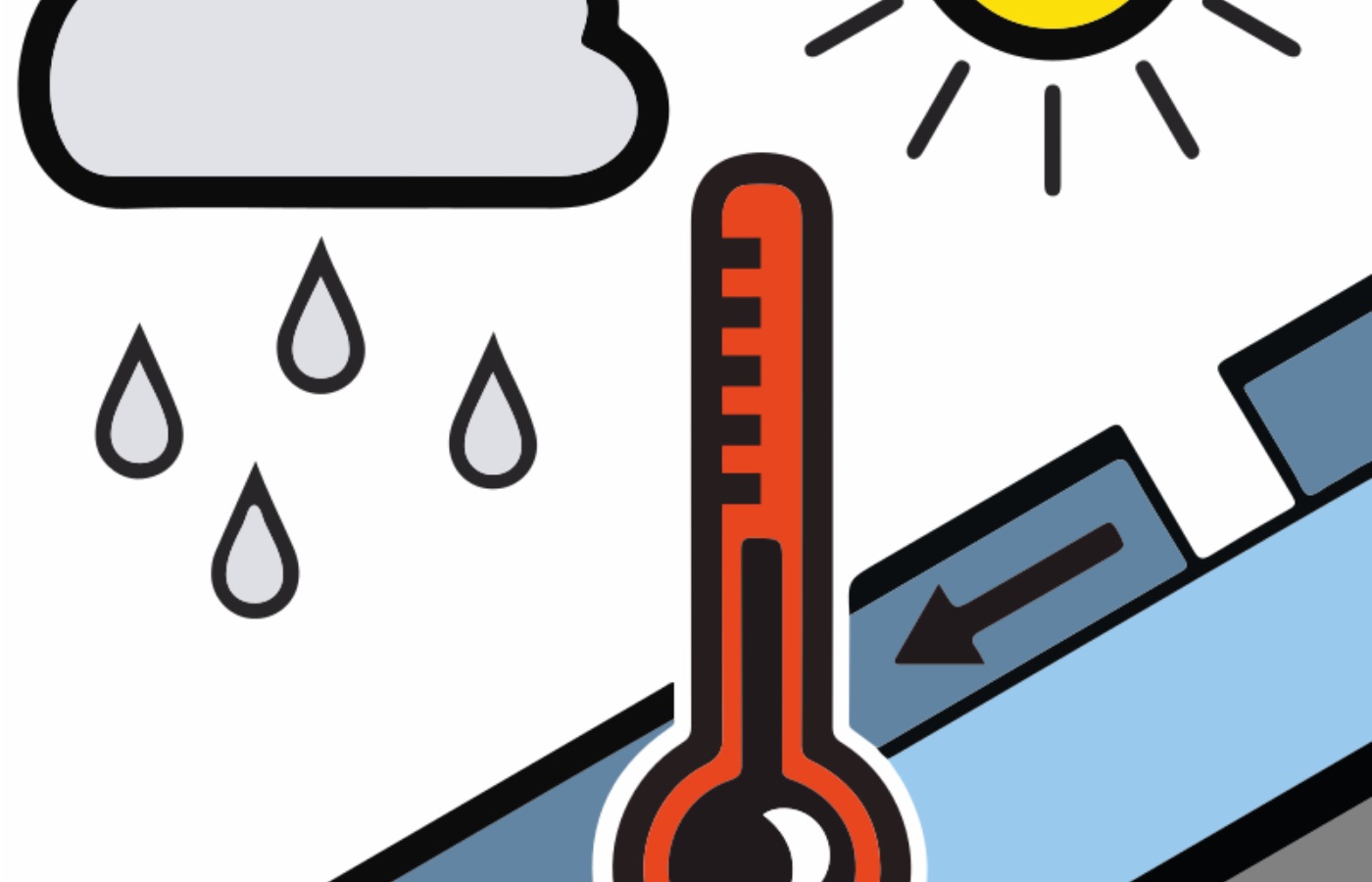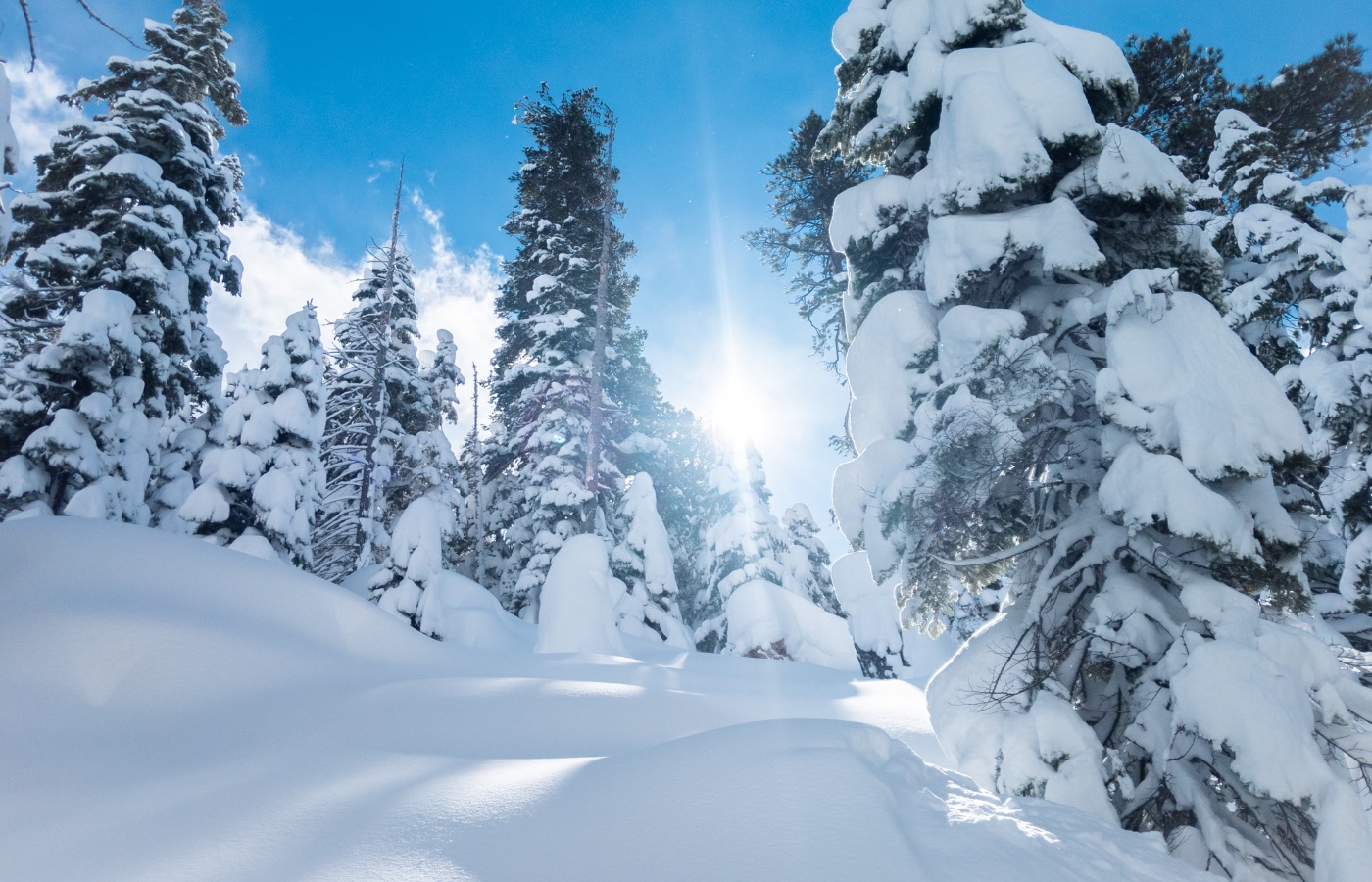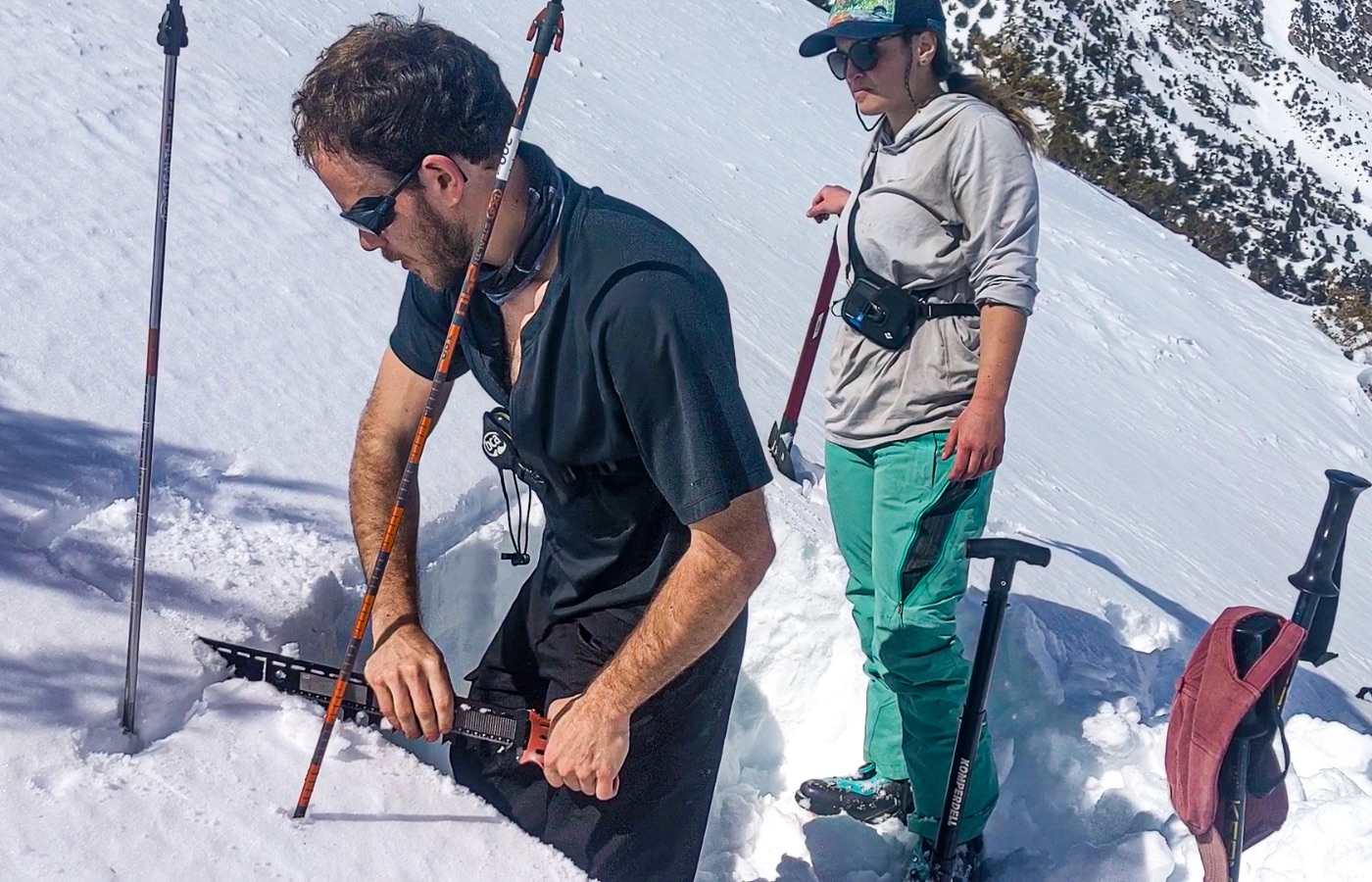The leaves have fallen from the trees, and snowflakes are starting to fall in their place. The winter season is upon us and we’re certain that you’ve discovered that most of the enticing seasonal work for winter is with ski resorts. There’s a perfectly good reason for that. Simply put, skiing and snowboarding are the most fun you can have in the cold months, maybe ever!
With your new snowy environment, there is some major adjusting to do. Some safety issues to take account of, and some new considerations to make. Here we address one of the most deadly issues in your new winter mountain wonderland, and how to become more familiar with it. This is how to understand and avoid an avalanche.
What Causes An Avalanche
An avalanche occurs when there are problematic snow layers in the snowpack. Usually, these consist of a hard-packed bottom layer called a bed surface, a problematic weak layer in the middle, and some sort of significant force bearing down on the top. Think of it like a plywood surface tilted down, precariously stacked dominoes carefully placed on the plywood, and a layer of cardboard on top. If the dominoes are disturbed, the cardboard slides off quickly. There are several different types of dominoes, as well as cardboard.
An Introduction To Weak Snow Layers
Surface Hoar
If you’ve ever scraped frost off your windshield after a cold winter morning, you’re familiar with our first weak layer. Surface hoar is essentially a frozen dew that gathers on the surface of the snow after cold, clear nights with no wind or precipitation. It appears as a glimmer on the snow, as beautiful, fragile crystals. It’s very dreamy on the surface, but outrageously deadly if buried.
Facets
Facets are the scariest and most problematic weak layer. It’s essentially rotted snow. They’ve fallen and then deteriorated from fresh fluffy powder, into grainy, old, and rotten snow. The nature of the grainy snow means it can’t bond well with other snow layers. You can test this yourself by trying to make a snowball with old, grainy snow. It just doesn’t work. Since you can’t make a snowball with it, other snow doesn’t bond with it either.
The scary thing about faceting snow is that it can occur on the surface, or while buried, and can persist for a long amount of time in certain snowpacks.
Main Avalanche Problems
Now that we’ve discussed primary problematic layers in the snowpack, or the “dominoes” let’s talk about the cardboard layers and how they can trigger the dominoes.
Wind Loading
Wind Loading occurs when significant wind in one direction picks up snow and loads a particular slope with lots of snow all at once. These events typically occur during storms but may occur during any high wind day. The newly formed Wind Slab may be putting excess weight on the weak layers, making the slope particularly more susceptible to sliding. Add a skier into the mix and you have a real problem.
You can identify a Wind Slab layer by uneven looking mounds of snow, or a wind lip buildup on the top of a slope.
Persistent Slab
A Persistent Slab is one of the scariest and most dangerous avalanche problems. The issue occurs when facets, the grainy old snow, are buried deep in the snowpack during the early season or throughout the winter in some regions. These avalanches tend to be extremely big because of how much snow has been loaded on top. The layer can remain untriggered for a long time just waiting for something, or someone, to set it off. It could be ready to strike at any moment.
One of the scarier aspects of a Persistent Slab is that depending on the weak layer and how widespread it is, they can actually be remotely triggered. Meaning someone else can step on a weak layer, and an avalanche occurs somewhere else on the slope. Spooky.
Storm Slab
The Storm Slab avalanche is just how it sounds. New storm snow loads the existing snowpack, adding heavier cardboard to the dominoes at a quick rate, and triggering them easily and naturally. Usually during a storm and directly after, avalanche risk is heightened considerably. It is best to wait for the snow to settle before going out. Also, expect resorts to be closed for avalanche control and mitigation during heavy storms.
Loose Wet
A loose wet problem occurs when the moisture and temperature in the snow warm rapidly and creates slush. This problem can deteriorate the stability of a slope and usually causes a slow-moving, but powerful avalanche. These types of avalanches are known to destroy cars and buildings. They are very strong.
Loose Dry
Loose Dry avalanches occur when dry snow is on top of a layer of old, hard snow and is probably the most common form of an avalanche. Most skiers and snowboarders have seen or experienced this type of avalanche in the form of sluff, or snow moving down with you on a steep and deep powder day. While common, they are still problematic. Sluff can take you off your feet and carry you off a cliff. They can also load the weaker layers looming beneath the snow surface. Loose Dry avalanches are why you’ll commonly see riders in big mountain ski movies moving around the slope and avoiding snow they kick up.
Terrain Choices
Avalanches can’t occur in places that don’t have an avalanche problem! Those places do exist. A slope that is at or above 36 degrees is considered the prime place for avalanches to occur. It also happens to be the prime spot for the most fun places to ski…bummer!
You can avoid avalanches altogether by skiing on slopes lower than 36 degrees, especially in areas with many trees that act as anchors in the snowpack.
Another consideration is the slope aspect. Or which direction the slope is facing. South slopes, while not usually containing the greatest skiing, tend to be safer because many of the weak layers have been baked out by the sun. However, there is a much more significant risk of loose wet avalanches on southern aspects.
North facing aspects tend to have the scarier and more dangerous avalanche problems because of the shade and therefore cold temperatures that often create and preserve the problem layers such as Facets and Surface Hoar. These aspects tend to hold the best powder snow conditions for the longest amount of time. We know, it’s a bummer.
Wind loading can heavily affect the stability of all slopes depending on wind direction and terrain. These problems are case by case and can vary wildly.
How To Learn More About Avalanches
Get the forecast! Most popular skiing areas have an Avalanche Center that puts out a forecast every day for the entire ski season. Sites such as Utah Avalanche Center (UAC) or Colorado Avalanche Information Center (CAIC) have detailed information on all of the avalanche problems we’ve discussed above. Use them as a resource to get familiar with how all of these aspects come into play.

